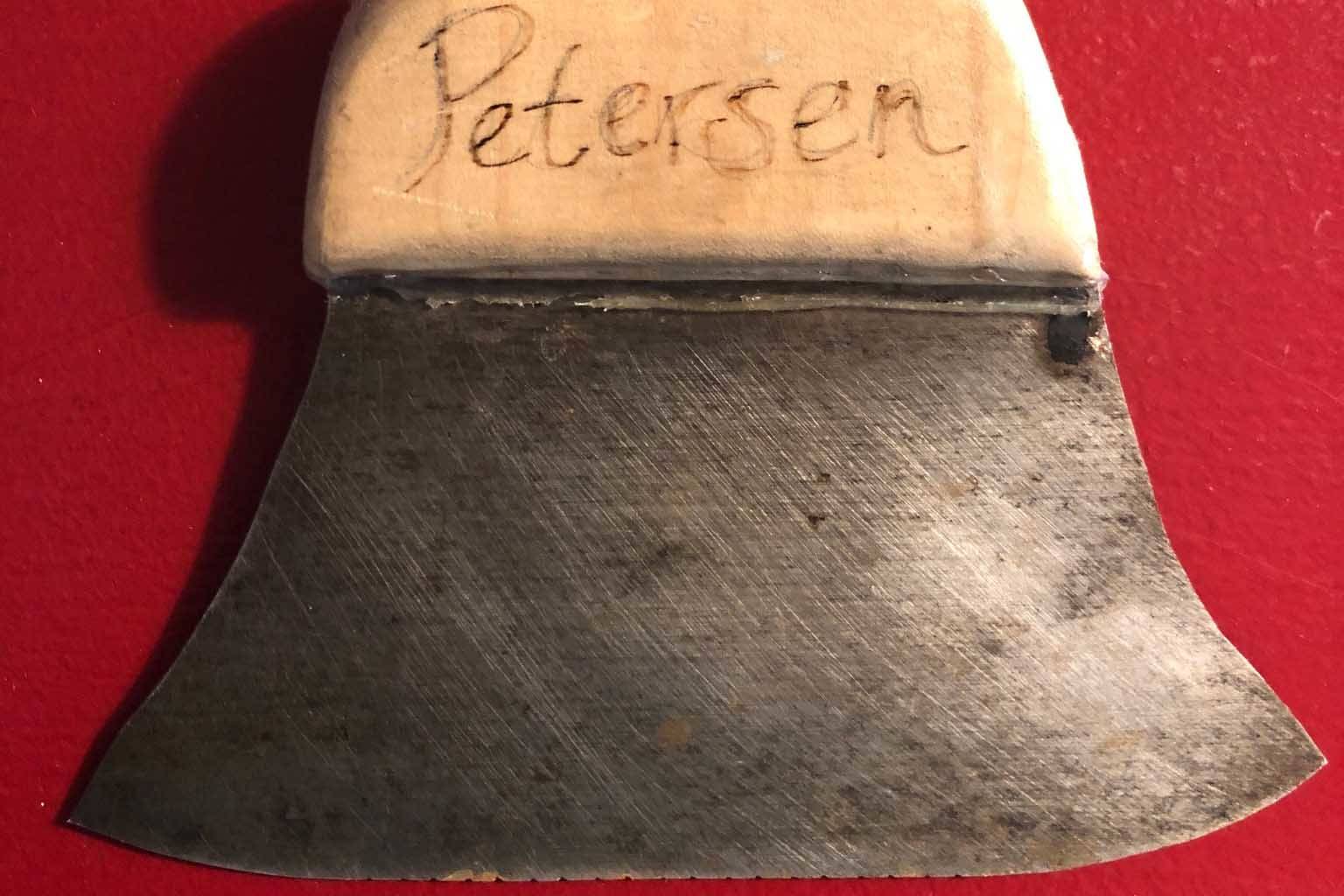As I write this column, I’m drowning in stories of Legislature budgets, potential school closures and some guy stealing a mammoth tusk in Anchorage. There’s a lot going on in Alaska right now. So much, in fact, that I haven’t had time to prepare for my upcoming trip to Scammon Bay.
Where’s Scammon Bay? I asked the same thing back in February when I decided to follow along a class from East Anchorage High School as they traveled to rural Alaska as part of the Alaska Humanities Forum Sister School Exchange.
The Alaska Sister School Exchange is a program unlike any other in the United States. Schools in urban Alaska — typically Anchorage, Fairbanks and Juneau — travel to a school in the state’s most rural villages. Urban students get a taste of what life is like when you live in a community only accessible by boat and plane.
The rural students get the opportunity to stay in urban areas as well, learning what life is like in Alaska’s more populated areas. Only in Alaska, where communities are separated by hundreds of miles, mountain ranges and bodies of water, could such an exchange program exist.
I participated in the Sister School Exchange program when I was a junior at West Anchorage High School. Back then, it was called the Rose Urban Rural Exchange Program.
My math teacher and four of my West High peers traveled to New Stuyahok, a Yupik village in western Alaska. In my week along the Nushagak River, I befriended the students of New Stuyahok. They taught me how to dance, skin a beaver, check the animal traps, speak Yupik and stay warm on the back of a snowmachine in harsh February temperatures.
The elders of New Stuyahok, who didn’t speak a word of English, taught me how to make an ulu knife from scratch. Today it sits on my parents’ mantle in downtown Anchorage. A homage to my in-state cultural exchange.
When Mathias, my New Stuyahok host brother, came to Anchorage to stay with us, my family and I’s education on the traditions of Native Alaska continued. He liked that we lived near the mall, and was grateful for a trip to McDonald’s, a special Anchorage treat.
I saw Mathias in downtown Anchorage not too long ago. He was in town for a medical procedure. We still keep in touch through Facebook. Our lives are perhaps even more different now than when we were 16.
Now, I get to follow along with a group of East High teenagers as they experience life in rural Alaska, thanks to a fellowship I was awarded in January. I was chosen as the second-ever Education Week Gregory M. Chronister Journalism Fellow, which is a fellowship offering veteran and early career journalists financial and editorial support for a deeply reported enterprise series of stories spotlighting a pre-K through 12th-grade topic.
The Education Week organization chose my project, which is highlighting several points of interest in rural education, including the issue of teacher retention, incorporating native foods in rural schools, rural school infrastructure issues and the Sister School Exchange program. The series will be published in both the Education Week newspaper and the Peninsula Clarion.
Monday morning, five East High students, an East High math teacher, an Education Week videographer and I will be traveling to Scammon Bay, a Yupik community in western Alaska’s Yukon Delta. The village is nestled in a bay near Hooper Bay and Chevak.
A sparse Wikipedia page will tell you the community is home to just under 500 people and the village’s name comes from Charles Melville Scammon, the chief of marine for William Healey Dall’s Western Union Telegraph Expedition of 1870. The page also describes a local delicacy, also called “scammon” — a mixture of scrambled eggs and salmon.
Many of the students from East High will be traveling to rural Alaska for the first time. I’m eager to follow along with the students’ experience.
Luckily, I have the weekend to prepare for the trip. I’ll need to focus on finding my sleeping bag, packing enough nonperishable food to last me for the week I’m there, packing enough suitable rain gear and making sure my recorders and cameras are fully charged. Off-road Alaska, here I come!

